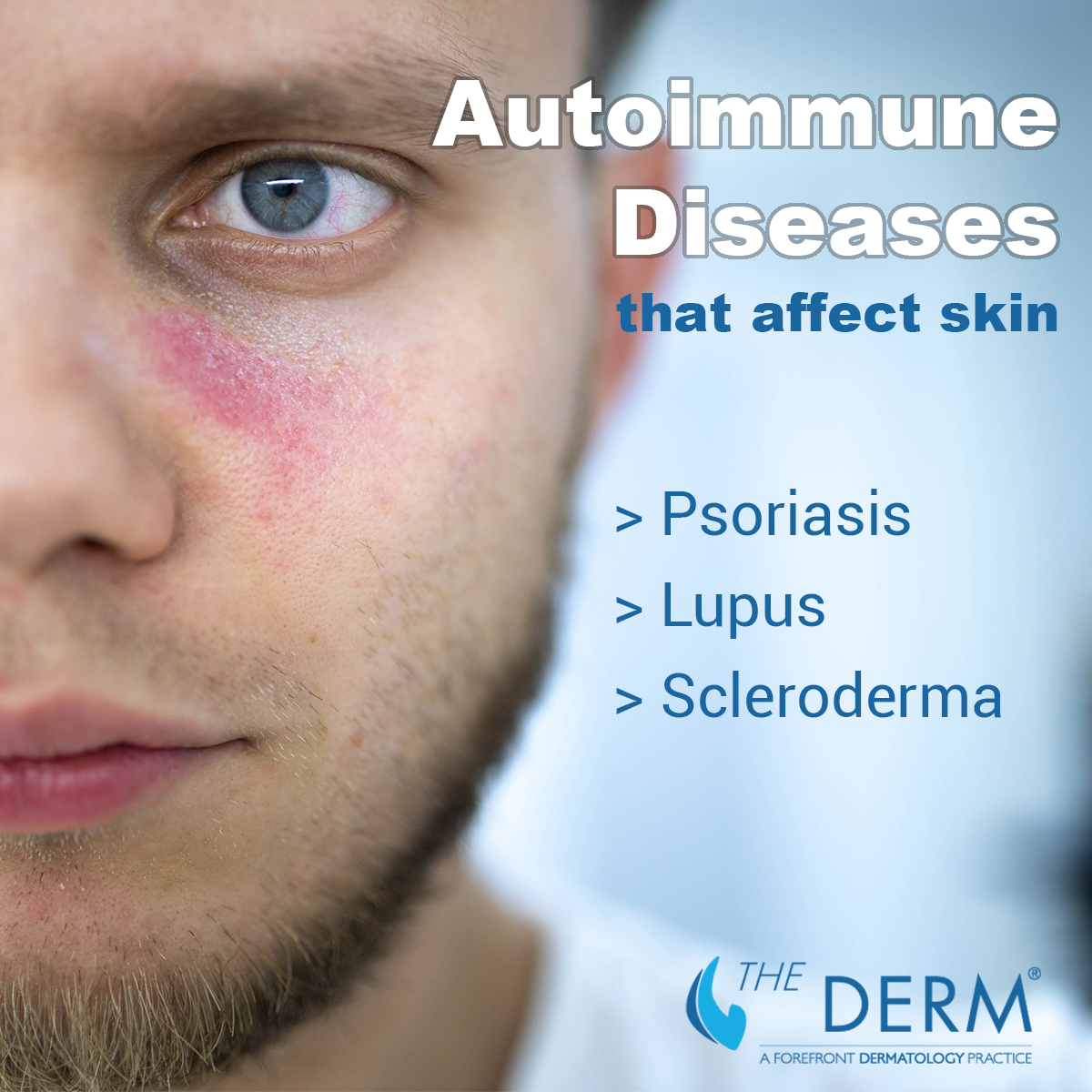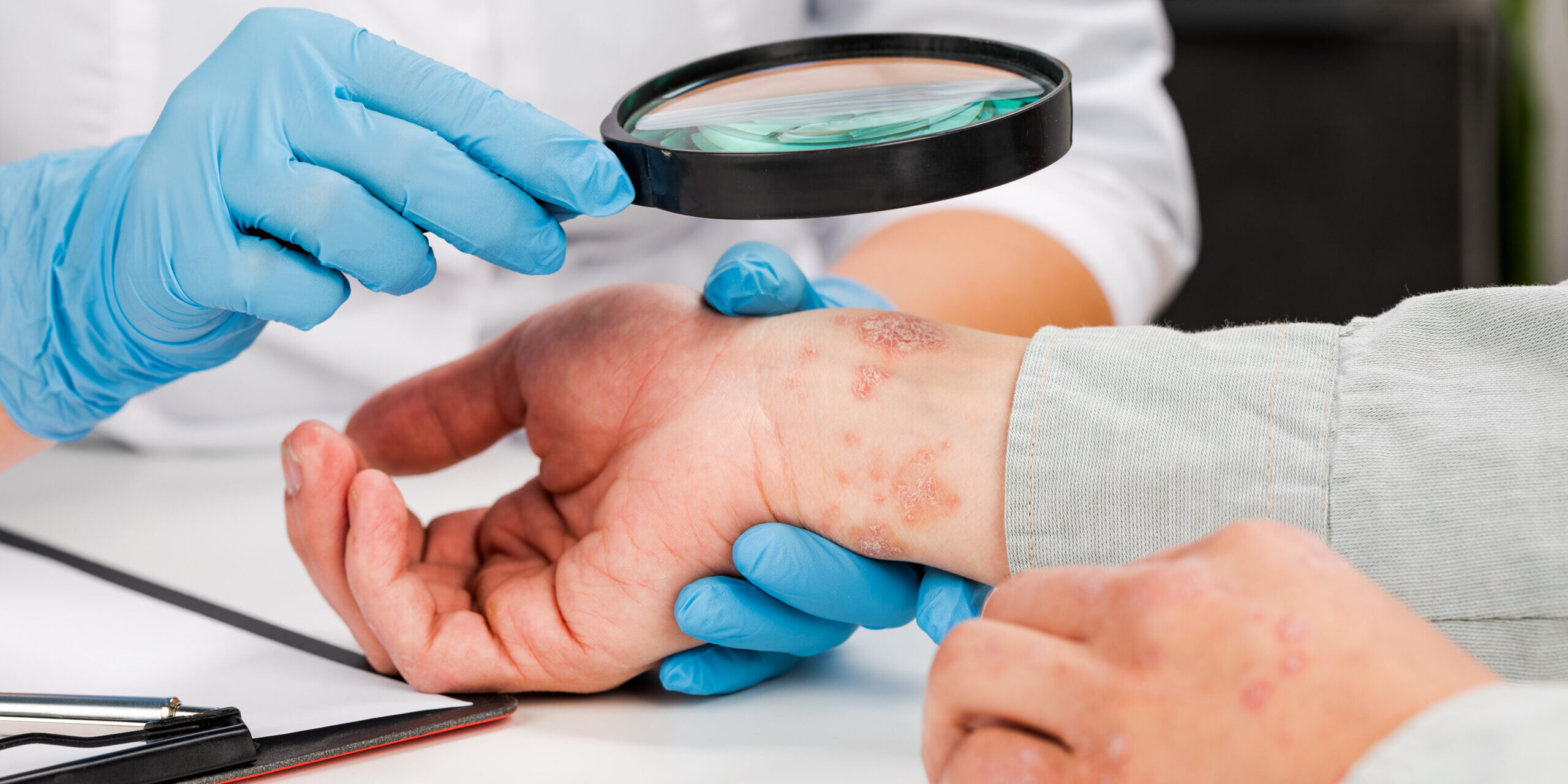Autoimmune diseases are among some of the most frustrating to deal with. The reason? Your body is essentially attacking itself, which is difficult to treat and also emotionally tough to process.
Dr. Aisha Sethi is here to set the record straight when it comes to common autoimmune diseases.
Autoimmune diseases are among some of the most frustrating to deal with. The reason? Your body is essentially attacking itself, which is difficult to treat and also emotionally tough to process.
What is an autoimmune disease?
An autoimmune disease is a unique condition in which your immune system actually attacks your body itself. You can think of it like your immune system getting mixed up based on what has triggered it.
When your immune system is essentially “called on” to attack invaders that could hurt you (bacteria, viruses), if you have an autoimmune disorder, your immune system mistakes healthy parts of your body—like your skin and joints—for those invaders, and attacks them.
What are common autoimmune diseases that impact skin?
There are many autoimmune disorders that have varying impacts on the body. Below are three common ones our patients come to us with in order to treat.
Psoriasis
You may know of this autoimmune disease more than others, especially when it comes to skin. There’s an estimated 7.5 million people in the U.S. struggling with psoriasis.
The way this autoimmune disease shows up on the skin is with rashes that itch, are scaly, and usually found around the scalp, elbows, knees, and trunk of the body. But that’s not the only effect.
Many patients with psoriasis also suffer from joint inflammation that leads to uncomfortable and sometimes painful symptoms of arthritis.
Scleroderma
This autoimmune disease may be one that’s not on your radar as much as psoriasis, with only about 300,000 Americans having it. Scleroderma is a group of rare diseases that impacts the skin by causing it to harden and tighten.
Additionally, it can cause issues with the digestive tract, blood vessels, and internal organs. Scleroderma impacts women most often, usually between ages 30 and 50.
Lupus
About 1.5 million Americans struggle with Lupus. It’s a long-term autoimmune disease that causes inflammation and pain in many parts of the body, most commonly the skin, joints, and certain internal organs like your heart and kidneys.
This also means that Lupus can cause various symptoms for different people. When it comes to this autoimmune disease’s skin symptoms, however, you’ll often see symptoms like sensitivity to the sun, red or scaly spots, purple rash on different parts of your body, and a butterfly-shaped rash across the nose and cheeks.

How to Treat Autoimmune Diseases
There are various time tested and novel therapies available to treat autoimmune conditions that affect the skin. It is crucial to have an experienced dermatologist assess your unique symptoms and provide the best next steps toward healthy skin.
Schedule your appointment with us today to learn how to manage your autoimmune disease or get an accurate diagnosis.
Dr. Aisha Sethi is an Associate Professor of Dermatology at Yale University and Director of the Yale Dermatology Global Health Program. She returned to Yale as faculty after being a faculty member at the University of Chicago for over a decade where she was Director of Outreach for the Center for Global Health. After attending medical school at the Aga Khan University in Pakistan, she completed her post-doctoral fellowship, internship and residency in dermatology at Yale University where she also served as chief resident. Dr. Sethi’s interests in tropical medicine, immigrant and refugee populations, and global infectious diseases with dermatologic manifestations have led her to field work in Pakistan, Malawi, Jordan, Hospital for Tropical Diseases (HTD) in London, and the Regional Dermatology Training Center (RDTC) in Tanzania. She is especially interested in addressing global access to medical care, medical diplomacy programs and improving medical training and dermatologic therapies in developing countries.







